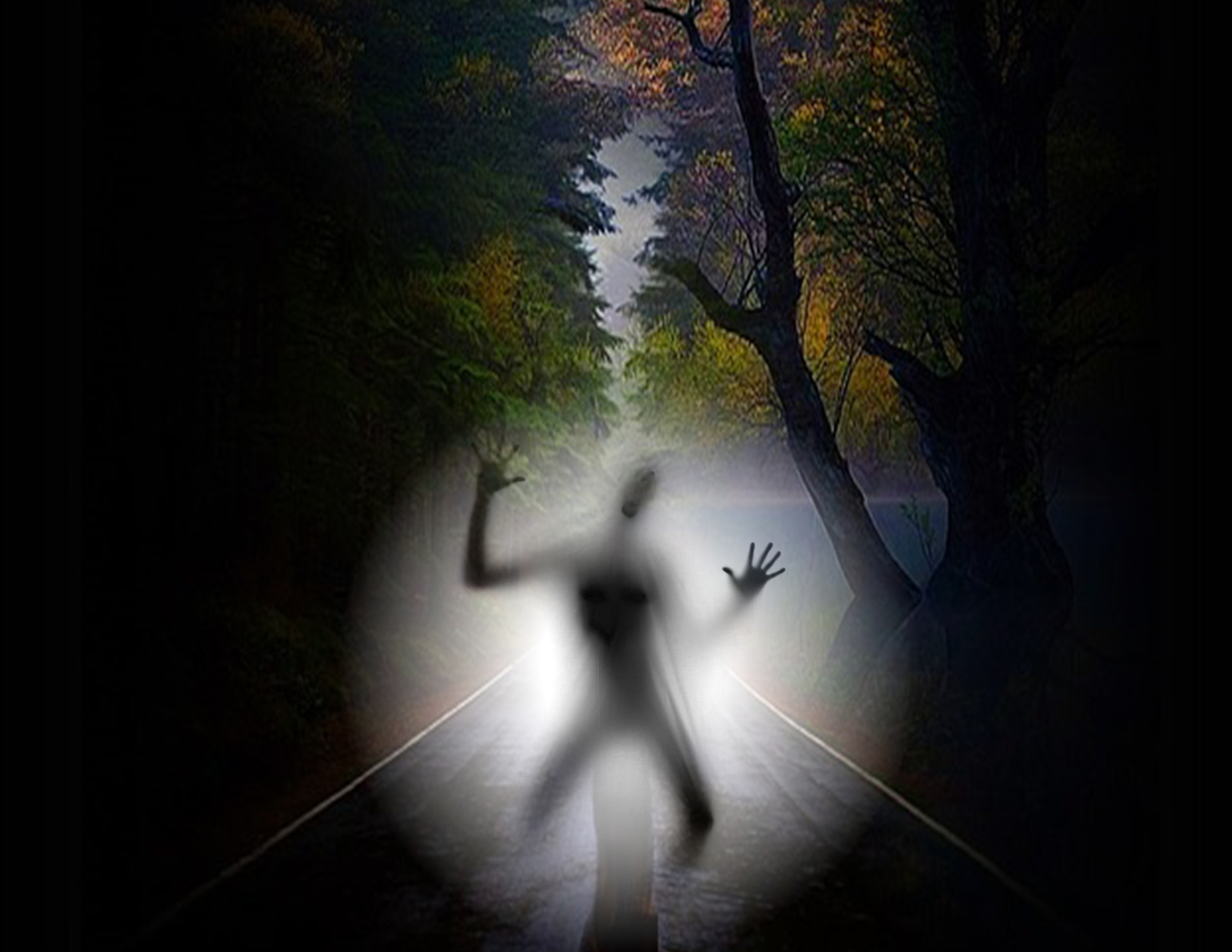 Submitted by Miss Belle on
Submitted by Miss Belle on

Dervivative Images
The Hottentot people of old had a vague notion of an evil spirit, and also knew of 'spooks' or ghosts.
They often used a Afrikaans word "toor" which means 'to bewitch', and spoke of sorcerers, who were unlike the diviners and witch-doctors, in that they used their powers of the occult to do harm and not good.
These sorcerers were nag-lopers (Afrikaans), or night walkers, who carried out their nefarious deeds in the middle of the night.
They were of both sexes, and their constant companions — their familiars — were the owl and the baboon.
It is definitely stated by ethnologists, however, that the Hottentots only came to know of these creatures after they had become acquainted with the Bantu.
After this, many Hottentots began to copy their superstitions.
Night walkers often betrayed themselves by trying to save an owl or baboon from being killed.
They roamed the night with these eerie friends, meeting at an appointed spot, similar as the European witches would meet at their covens.
They stripped themselves of all clothing and adorned their heads with human finger and toe bones.
A lookout had to be posted at the graves of the newly dead, as the naglopers would try to extract parts of the bodies for their rituals soon after burial.
For this reason, too, stones were often placed on the grave, which also served to prevent dogs or jackals from digging up the corpse.
At night, night walkers would stealthily approach the huts, carefully walking backwards so that their footprints pointed away from their destination.
The occupants, including the dogs, would fall into a deep stupor, so that the night walkers could carry out their wicked deeds undisturbed.
Small children were especially attractive to these ghouls, and many became infected with foul diseases.
Adults, too, did not escape their attentions. The women night walkers had their way with the men of the hut, and their male counterparts paid their vile court to the ladies.
The sleepers only became aware of this the next morning when they awoke feeling weak and powerless in body and limb. Many a 'morning after the night before' must have been blamed on a convenient night walker!
It was chiefly to Bantu witchdoctors that the Hottentots turned for an antidote to these doleful occurrences.
The cure usually entailed cuts on the skin into which a medicine was rubbed. This caused such an itching and burning whenever a night walker approached that the sleeper was bound to awake before he was molested.
One of the ways to catch a sorcerer was to place a doctored curry at the entrance of the hut. Should a night walker try to enter, and step over the cuury, it 'held' him and he would remain fast until sunrise the next morning.
The first person to awake and see him there must remain quite quiet. He must shake the other sleepers very gently without calling them by name; by this they would know all was not well.
The first to speak to the intruder would be the head of the kraal, who was immediately summoned, and this would free the night walker. The punishment was then decided on, and usually painfully carried out.
It was considered dangerous to stand in anyone's shadow as he might have some magic 'medicine' in his body which could be harmful.
Because of this, some Hottentots developed the habit of rising early, when no shadows were yet cast by the sun. In this way, people were supposed to rid themselves of anything harmful which they might have 'picked up' the previous evening, and could transmit to others, if they rose after the sun was high.
http://www.gateway-africa.com/stories/The_Night_Walkers.html
- 1073 reads